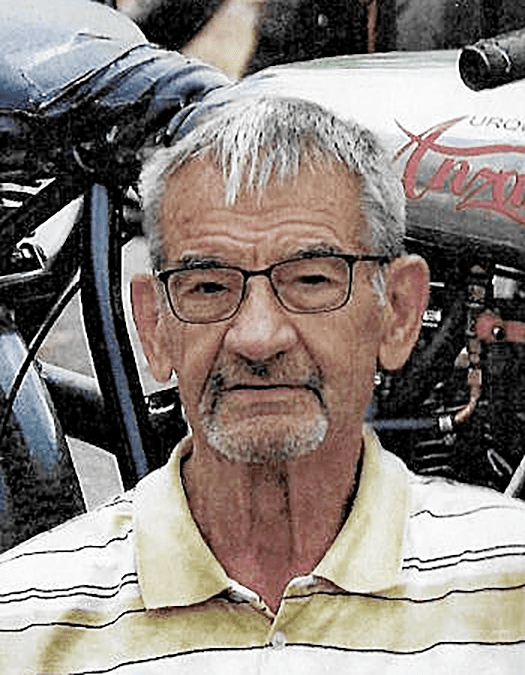“I built the first small-wheeled outfit in Australia – and probably the world”
Come the retirement of international sidecar superstars Bob Mitchell and Bernie Mack in the mid-1950s, Lindsay Urquhart was quick to identify the opportunities. With old mate Jim Craig in the chair of Lindsay’s self-constructed Triumph 650-powered outfit, they scored a podium on their first outing. The prizemoney was the equivalent of five weeks wages and Urquhart had found his vocation.
Working for the Victorian State Electricity Commission he soon learnt how to turn the well-equipped SEC tool room into his personal fiefdom, manufacturing all the bits required to help win the 1957 Victorian Sidecar Title. A 500cc Manx Norton installed in a bespoke Manx-style frame followed; as did success at Mount Druitt and Bathurst – now with Ray Foster in the chair. Europe beckoned, but once on the Continent their Manx was totally outclassed by the Rennsport BMWs.
“Yet we finished on the podium at the Nürburgring in the German Championship,” recalls Urquhart. “Though by then we’d decided to retire the Manx.”
Back home in Melbourne and married to Katy, who he’d met on his travels, the couple were soon to acquire a mortgage and their first son, Rob, and so Urquhart Lindsay settled in a job with Volkswagen Australia. In charge of the night shift, he managed to slip through the occasional outfit frame between VW Beetles.
“I built half dozen outfits for Vincent power, some of which are still around today. Then I decided to build a ‘kneeler’ and, using 10-inch Morris Mini wheels, I built the first small-wheeled outfit in Australia and probably the world.”
It totally changed the sidecar racing scene then, in 1969, another world first; Urquhart had a Honda CB750 airfreighted into Australia – the first to arrive on our shores – only to rip out the powerplant and install it into a brand new chassis for the meeting at Phillip Island on New Year’s Day in 1970. A spate of clones followed as everyone, including sidecar stars Stan and Steve Bayliss, just had to have a CB750-powered Urquhart-built outfit. But Urquhart had moved on, building chassis for a BSA Rocket and a Kawasaki H2 two-stroke triple.
“Sidecar design is a black art,” explains Urquhart. “Engine position dictates the head angle, trail and steering geometry. It’s all down to getting the tyres working on an unstable three-wheeled device with a moving passenger constantly changing the weight distribution.

“My advantage was that VW had a big car park I could play on, and each build was an improvement on the last.”
And so it was with his day job, from VW to BMW, in an executive position which precluded him from the dangers of competition (only if someone was watching). However a BMW R75/5 Rennsport look-a-like Urquhart built for Historic racing wasn’t considered serious enough to cause management any angst. So he continued racing for fun while continuing to pursue his hobby. A hobby that became almost an obsession when Urquhart retired from his day job more than two decades ago.
Only then his emphasis was now on manufacturing complete historic racebikes – often with little more than photographs as a build guide. A 1928 AJS R8 followed an AJS 7R and was in turn displaced by an eight-valve Indian Altoona. Not quite as quick as Burt Munro’s, but good enough to set the world record of 256km/h for an un-streamlined machine.
Though, by that time, Urquhart had become spellbound by an even faster and more exotic racer: the Temple Anzani. It was a 1100cc eight-valve V-twin which hit over 260km/h on a test run in preparation for Speedweek on Lake Gairdner.
More Anzanis followed, as did a brace of Altoonas, which were punctuated by a pair of title-winning vintage Suzuki motocrossers for his son Rob who, together with grandson Daniel, have just built a replica of Lindsay’s groundbreaking 1969 Honda CB750 outfit. Lindsay? He’s moved on yet again, this time to an eight-valve Harley-Davidson board-track racer. Oh, and a Brough Superior.

By Peter Whitaker